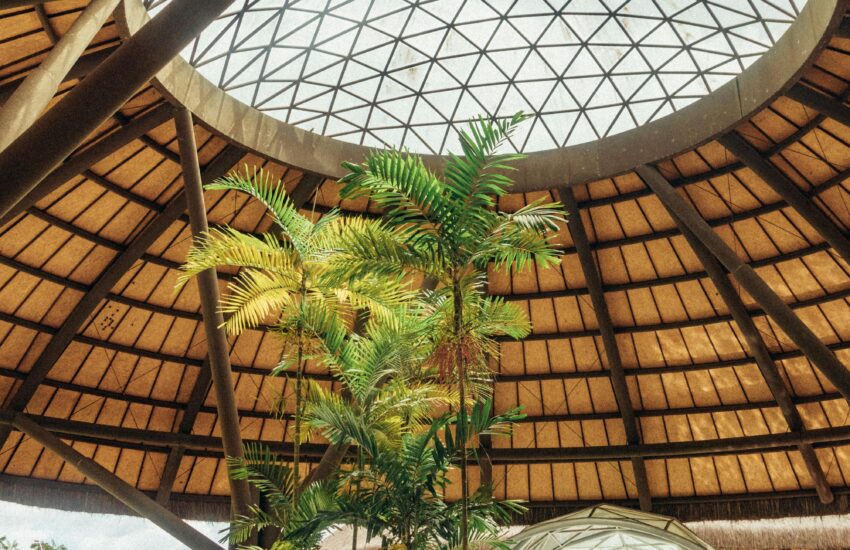Building a Hamster Playground: A Fun and Engaging Space for Your Furry Friend
Creating a **hamster playground** is a fantastic way to enrich your pet’s life and promote their natural behaviors. Not only does it provide a stimulating environment for exercise, but it also encourages exploration and mental engagement. In this article, we will explore the essential components of a hamster playground, ideas for construction, and practical tips to ensure it’s safe and enjoyable for your pet.
Essential Elements of a Hamster Playground
When designing a hamster playground, it’s vital to include a variety of elements that cater to your pet’s needs. Various **play structures** can be incorporated into the design to keep your hamster entertained. These structures may include tunnels, climbing areas, and cozy hiding spots. By providing a mix of activities, you give your hamster the opportunity to climb, burrow, and explore, which mimics their natural habitat.
Tunnels and Tubes
Tunnels are an essential part of any hamster playground. They can be purchased or made from cardboard tubes and should be safe and large enough for your hamster to navigate comfortably. Hamsters love to run through tunnels as it gives them a sense of security while exploring. Make sure to include various lengths and curves in your design to keep things interesting. You can also add connecting tubes to link different structures within the playground.

Climbing Structures
Incorporating climbing structures is crucial to promote your hamster’s physical health. Elevated areas like ramps and platforms encourage your pet to climb and explore. You can create these using wooden pieces or sturdy shelves. Just be sure that any climbing structures are securely anchored and made from chew-safe materials! Including some fun toys, like hanging bridges or swings, can add an extra layer of enjoyment.
Safety Considerations for Your Hamster Playground
As you design your hamster playground, safety should always be a top priority. Ensuring that the environment is free from hazards will prevent injuries and create a stress-free zone for your pet. Begin by selecting a location that has a flat surface, away from any sharp edges or potential hazards like windows or pets that could scare your hamster.
Non-toxic Materials
Using non-toxic materials is essential when constructing your hamster playground. Hamsters are natural chewers, and they often nibble on their surroundings. Avoid any painted surfaces or treated wood that might contain harmful chemicals. Instead, opt for untreated wood and safe plastic materials that are easy to clean and maintain. Always verify that any toys or accessories are specifically designed for small animals to prevent choking hazards.

Secure Fencing
If your hamster playground is an outdoor setup, consider adding a secure fence to keep your pet contained and safe from predators. The fencing should be high enough to prevent your hamster from climbing out, and the base should be buried underground to prevent any escape attempts. Regularly inspect the area for any gaps or potential hazards as well.
Interactive Playtime: Engaging Your Hamster
Creating an interactive experience for your hamster is a key element of building a successful playground. Spend time with your furry friend, guiding them through the playground and engaging them with toys. This can strengthen your bond while encouraging natural behaviors.
Toy Ideas for Hamsters
When adding toys to your hamster playground, opt for items that encourage physical activity and mental stimulation. Some popular choices include exercise wheels, chew toys, and puzzle feeders. These toys will give your hamster a sense of purpose while they explore. Rotate the toys periodically to keep things exciting and prevent boredom!

Create a Play Schedule
Incorporating a play schedule ensures that your hamster receives regular interaction and exercise. Designate specific playtimes each day, allowing your pet to explore their playground under supervision. This routine can help your hamster feel secure in their environment and promote an active and healthy lifestyle.
Key Takeaways
- Design a diverse hamster playground featuring tunnels, climbing structures, and cozy hiding spots.
- Prioritize your pet’s safety by using non-toxic materials and secure fencing.
- Engage your hamster with interactive playtime and rotate their toys to combat boredom.
- Regularly inspect the playground to ensure it remains a safe and fun environment.
FAQ
1. What should I include in a hamster playground?
A well-designed hamster playground should include tunnels, climbing structures, hiding spots, and chew-safe toys. This combination promotes exploration, exercise, and mental stimulation, which are essential for your hamster’s well-being.
2. Can I make a playground for my hamster outdoors?
Yes, you can create an outdoor hamster playground. Ensure that it is securely fenced to protect your pet from predators and that the materials used are safe and non-toxic. Regularly check for any hazards in the environment.
3. How often should I interact with my hamster during playtime?
It is beneficial to interact with your hamster daily, establishing a play schedule. This not only helps keep your hamster active but also strengthens your bond and encourages your pet to feel comfortable and secure in their surroundings.
4. Are there specific toys that are best for hamsters?
Look for toys specifically designed for small pets, such as exercise wheels, chew toys, and puzzle feeders. These toys not only provide engagement but also promote healthy chewing behaviors, which are essential for your hamster’s dental health.
5. How do I clean my hamster playground?
Regular cleaning is essential to maintain a hygienic environment for your hamster. Remove any uneaten food, droppings, and soiled bedding daily. Depending on the materials used, disinfect surfaces weekly with safe cleaning solutions to prevent the buildup of bacteria.
